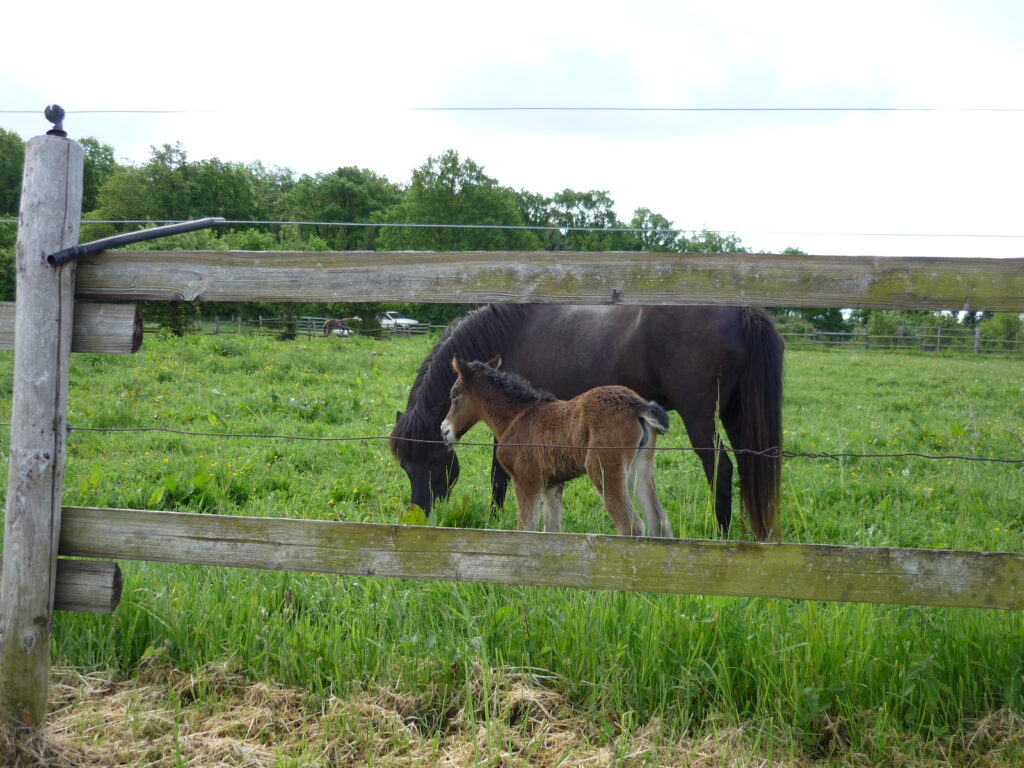
On the weekend, I practiced a new skill and had a sudden aha! moment about learning to adapt to a new culture by finding the beat.
(1) Every culture has its own heartbeat. When I lived in West Africa for a year, the people next door talked all day every day. There are many languages in Ghana and I never learned the one(s) they spoke. I couldn’t tell if they were talking or shouting, angry or excited. But after a year of living near them, the rhythm of their voices told me when something unusual was going on.
(2) The beat keeps going. When I took my youngest to music class as a baby, the teacher taught us to pat the baby gently in rhythm to teach to idea that music is continuous. It doesn’t stop in the middle to do something else. It keeps going because music has a heartbeat like our own. When you’re trying to learn to join in the music, it’s stressful when you can’t find your place. There’s a feeling of jump rope game that’s going on without you because you don’t know how or when to jump in.
(3) Drinking coffee has its own rhythm. It’s not always the Gemütlichkeit of Kaffeetrinken in Germany or Austria where people sit down together and have a piece of cake with their coffee. Knowing “how” people drink coffee can make you feel at home.
In Sicily, people stand up at the counter together and knock back an espresso before heading out to do the things that need to be done.
A German friend who’d spent many years in the U.S. theorized just yesterday that Americans love their coffee to-go because American culture encourages busy-ness. Sitting outside in a café where everyone can see you can get you a “slacker” label. Hence few outside cafés. But she also mentioned the beloved bookstore cafés (and libraries!) where you can drink coffee and read.
(4) Every journey has a song. The rhythm I noticed for the first time this weekend was on the drive back from my in-laws’ house. We’ve used our GPS unit to find our way through the bewildering combination of highways, single lane country roads with two-way traffic (with cows), villages with traffic-calming and traffic circles to my in-laws’ house. This trip, I realized how much I need to practice this “song” until I recognize the rhythm. Looking at a map would definitely help me.
(5) Time to process. When we alternate between moving and resting, we’re much happier and less stressed when we come home. Writing a few postcards in a café or taking time to photograph something carefully helps us to process.
(6) Remember your own culture in this international world. I once invited two young West African friends for a big Sunday dinner and they arrived unable to eat. They had visited the American church in Bonn where Thanksgiving was celebrated as a huge potluck. They had eaten all they could already. I had forgotten about Thanksgiving because it’s not a German holiday!
We start to feel at home when the rhythm is familiar. It’s much easier to do things when we’re in sync. Picture books and songs with catchy meters stick in our minds. When we feel the beat, we can play instruments together in an orchestra or sing different parts in a choir. We can be ourselves and still participate in the group.
Questions for you: What have you noticed about the rhythm of your life? What happens when we internalize other peoples’ rhythms? Or if we make our own easy to follow?
_______________
If you’d like to stay in touch, sign up for my Reader’s List. Once a month, I share new middle grade fiction, story-related freebies, and/or related blog posts. If it’s not your thing, you can unsubscribe at any time.



